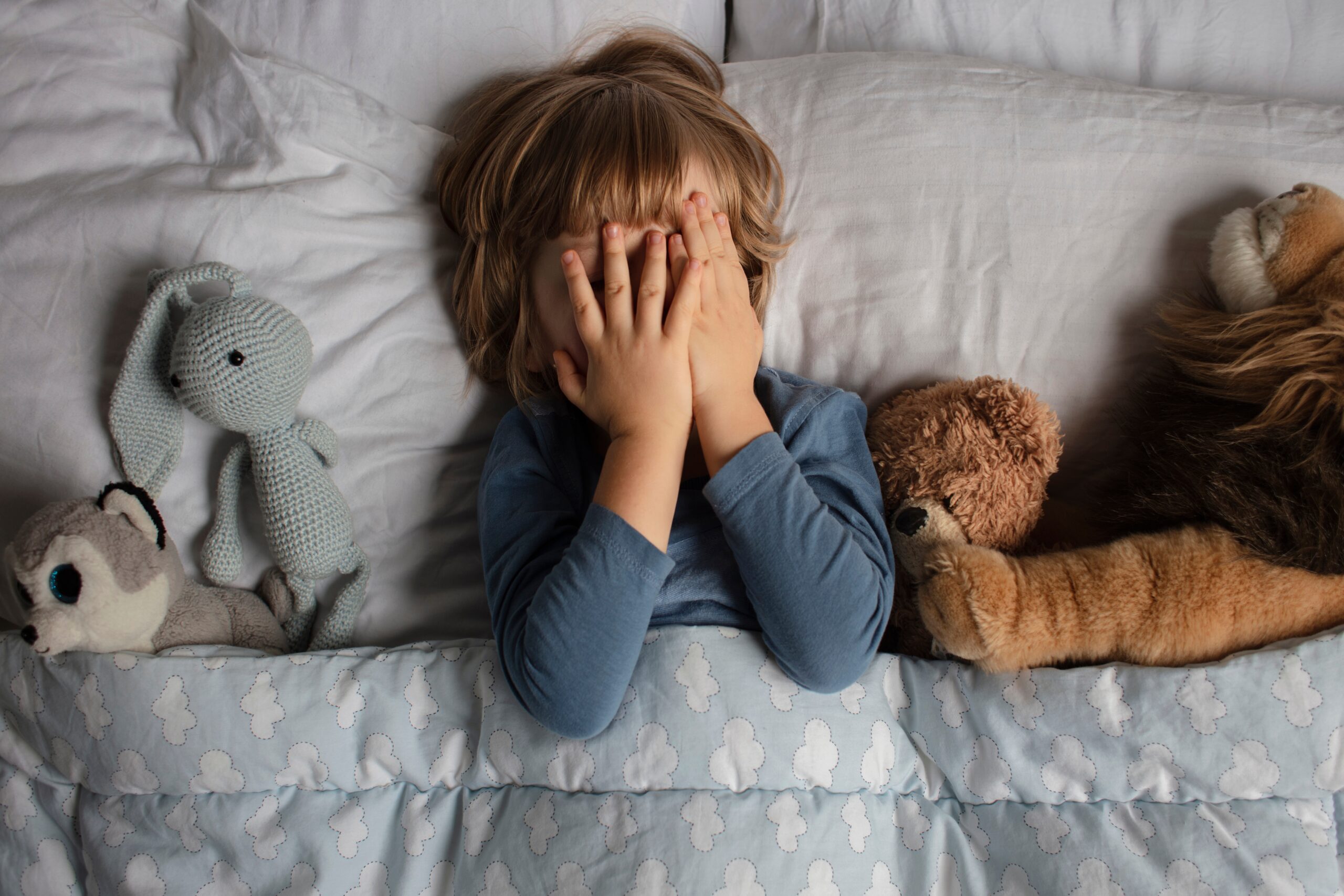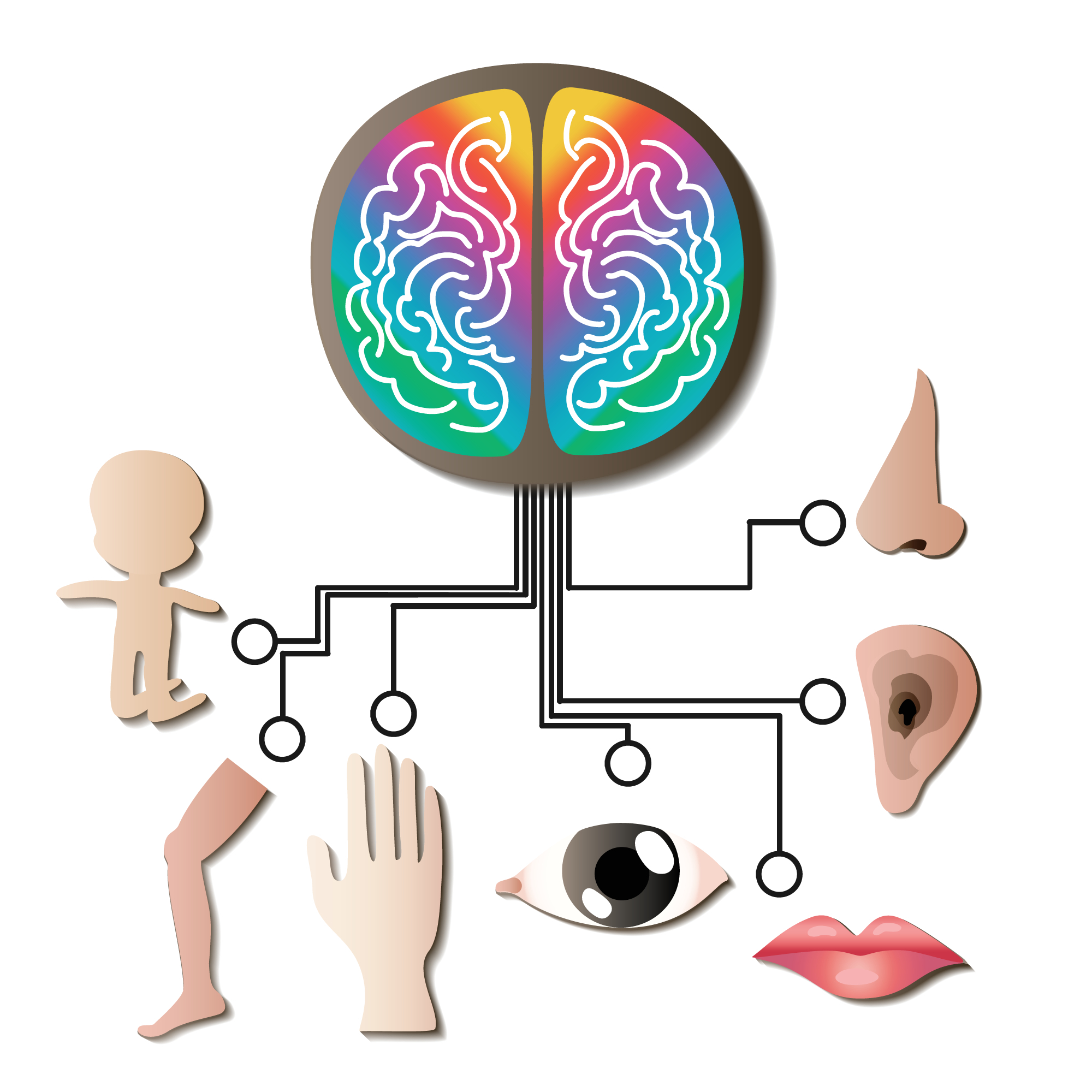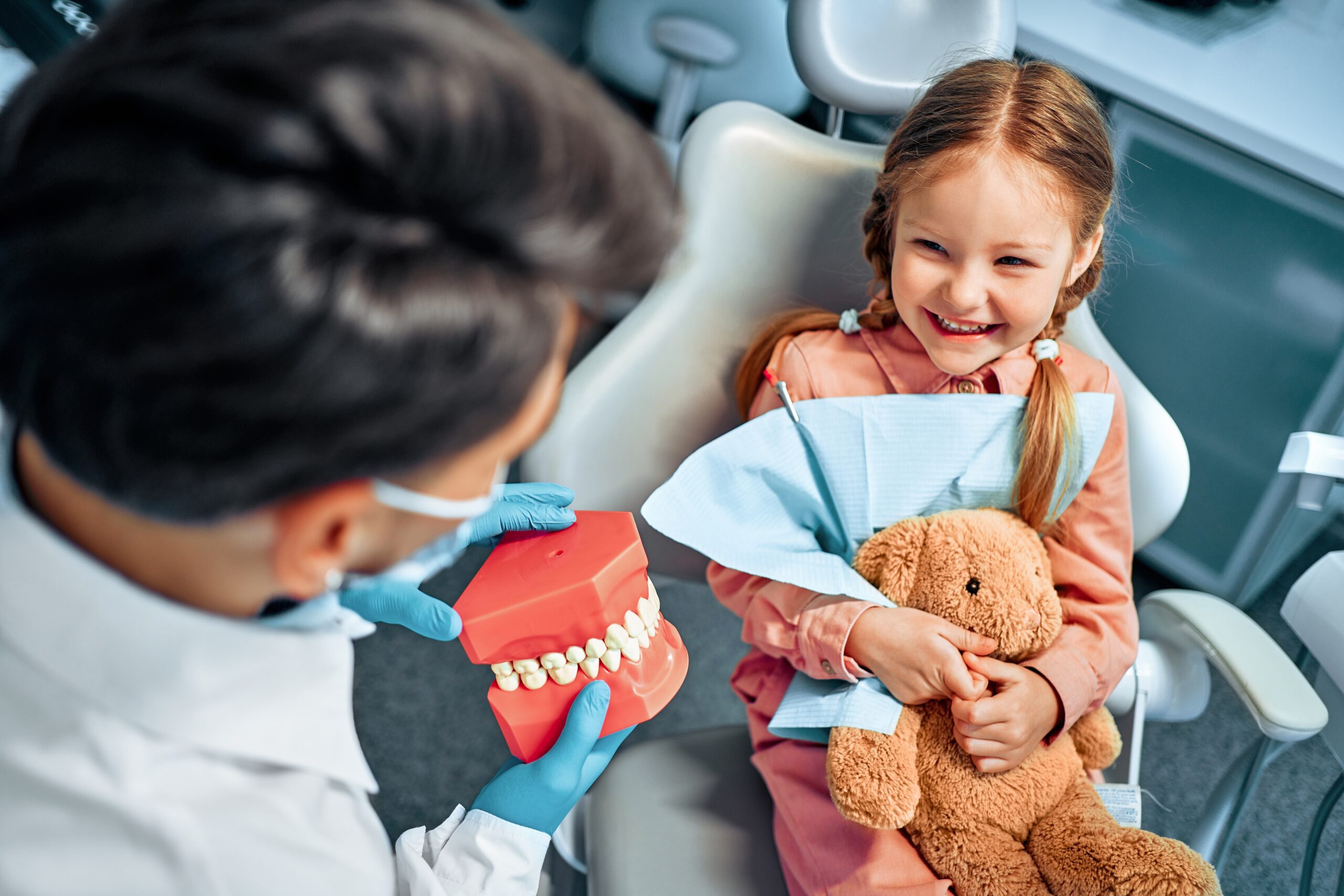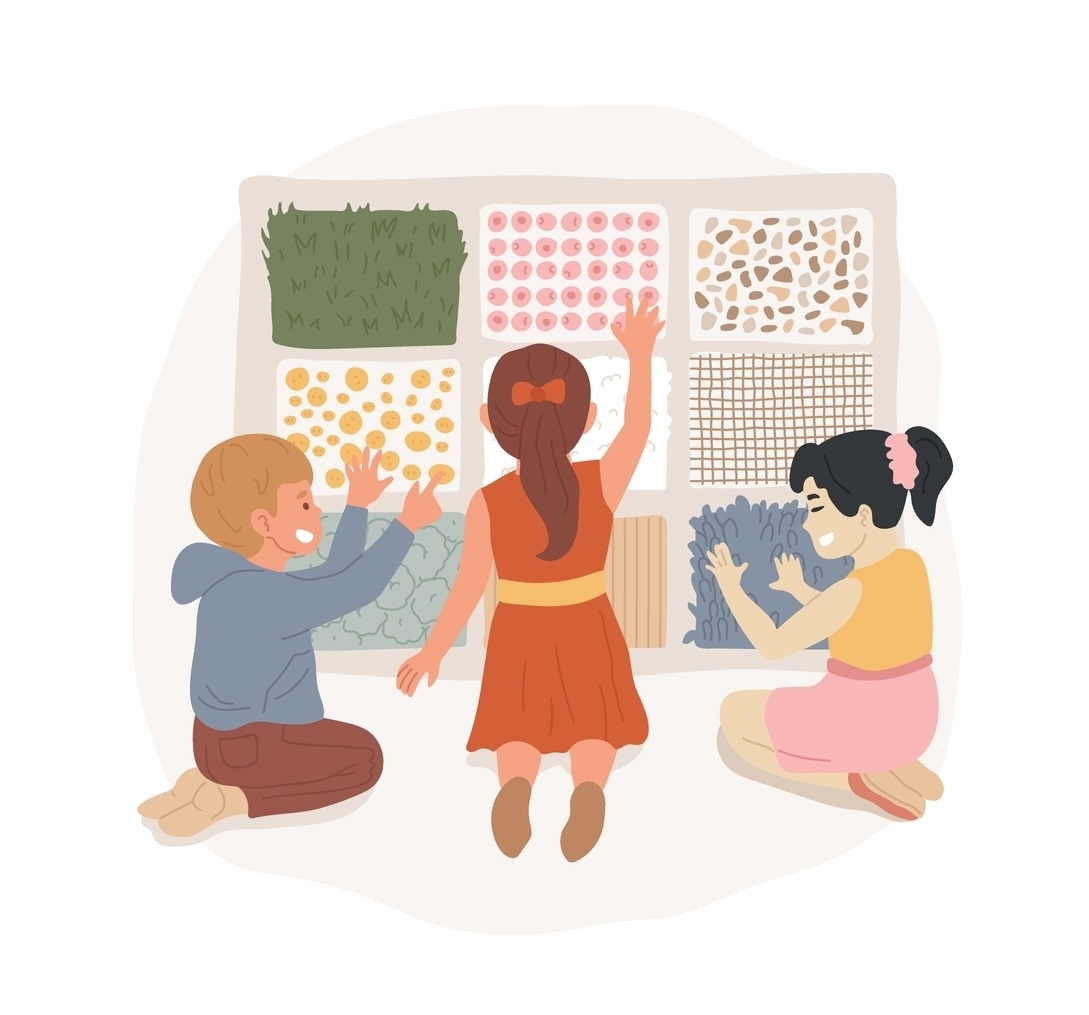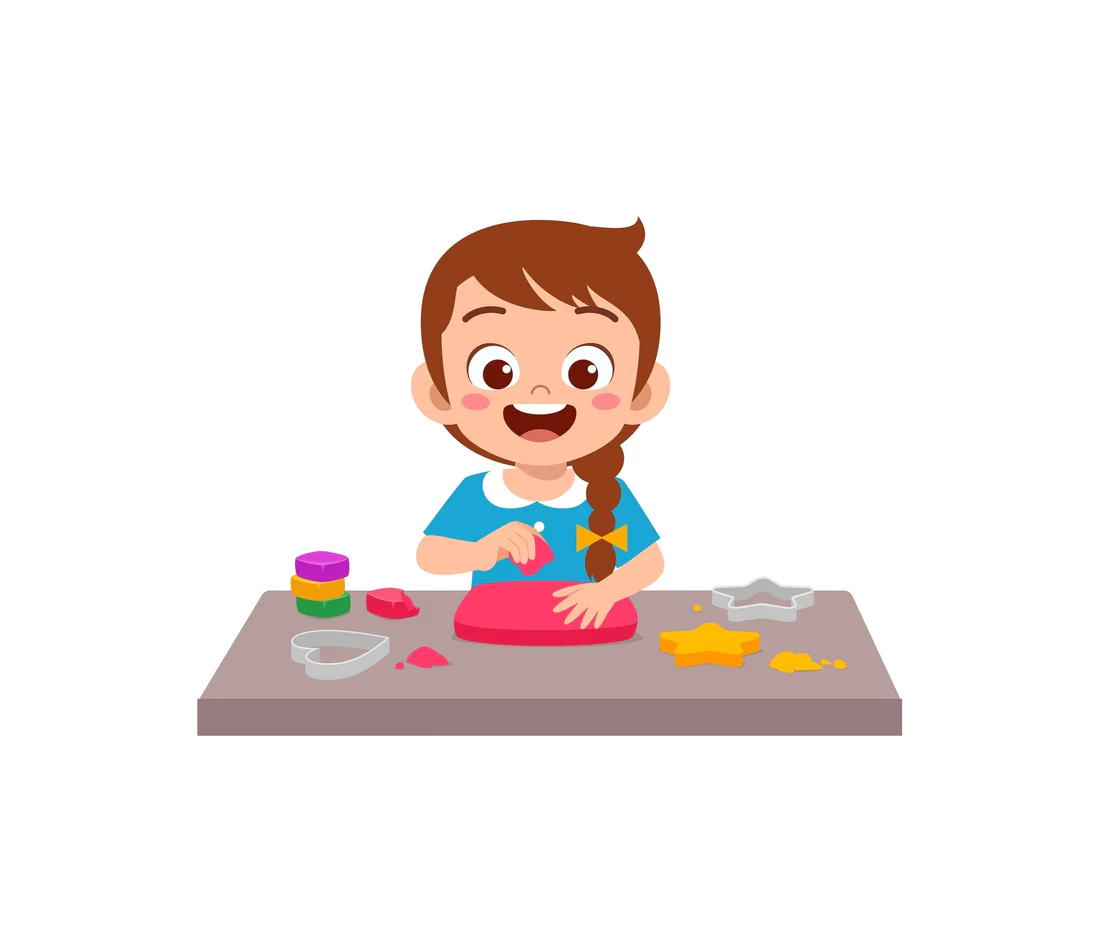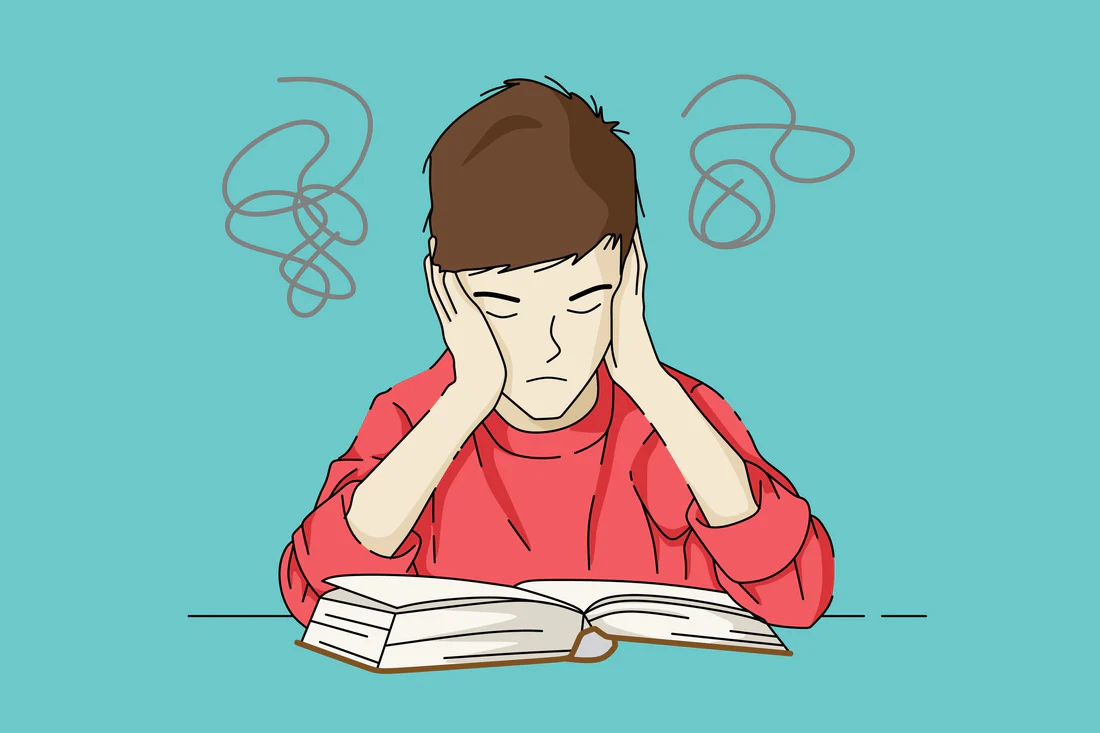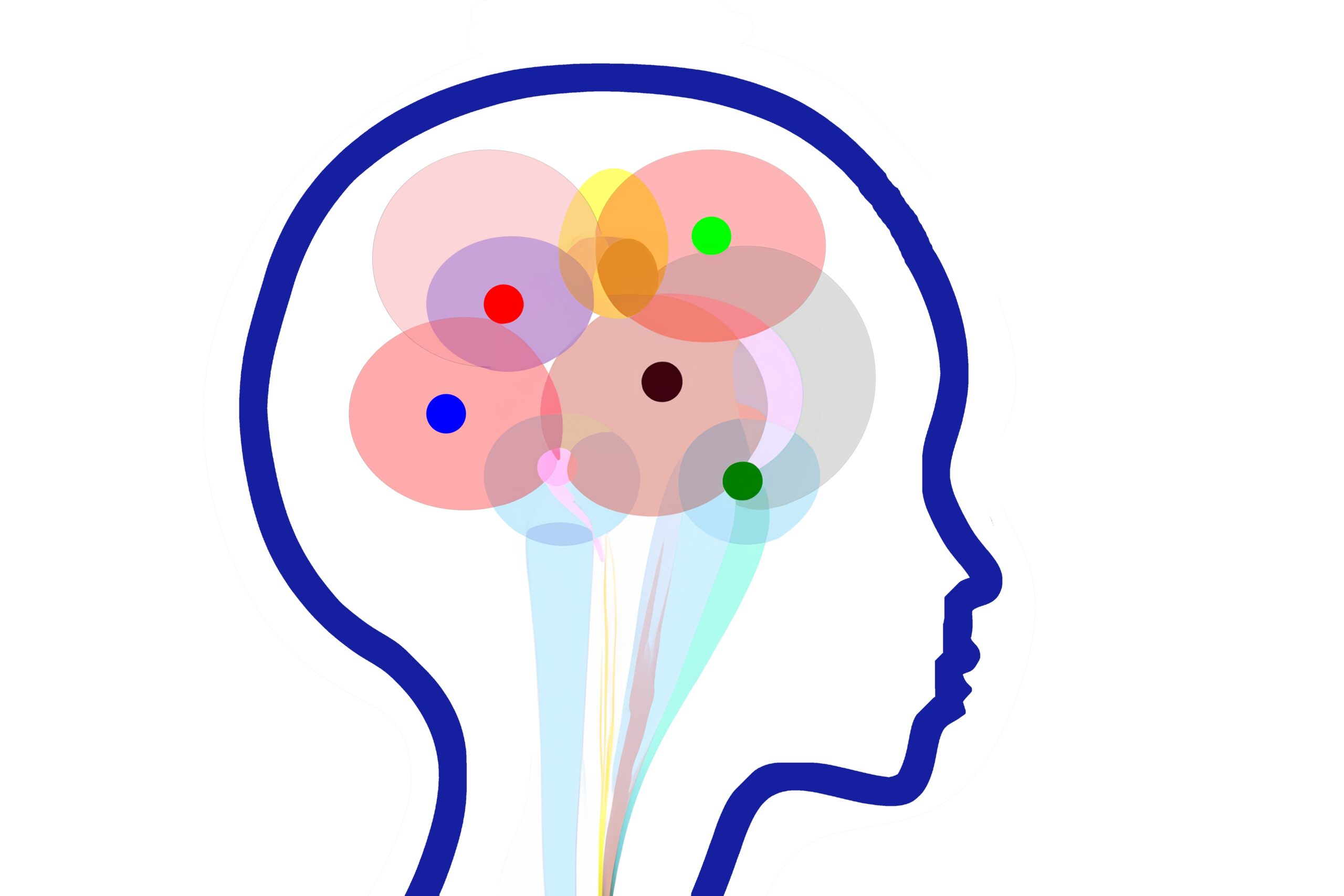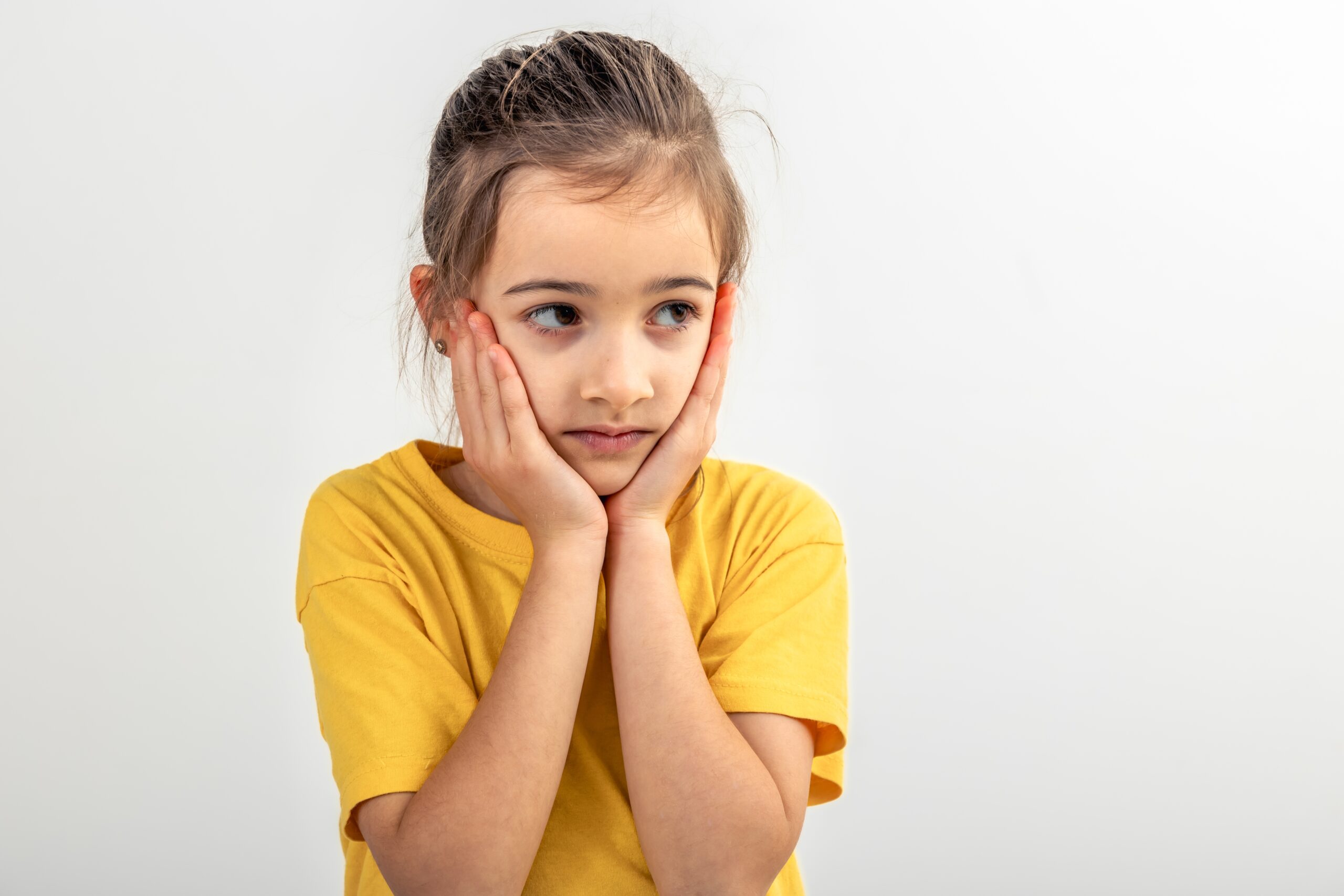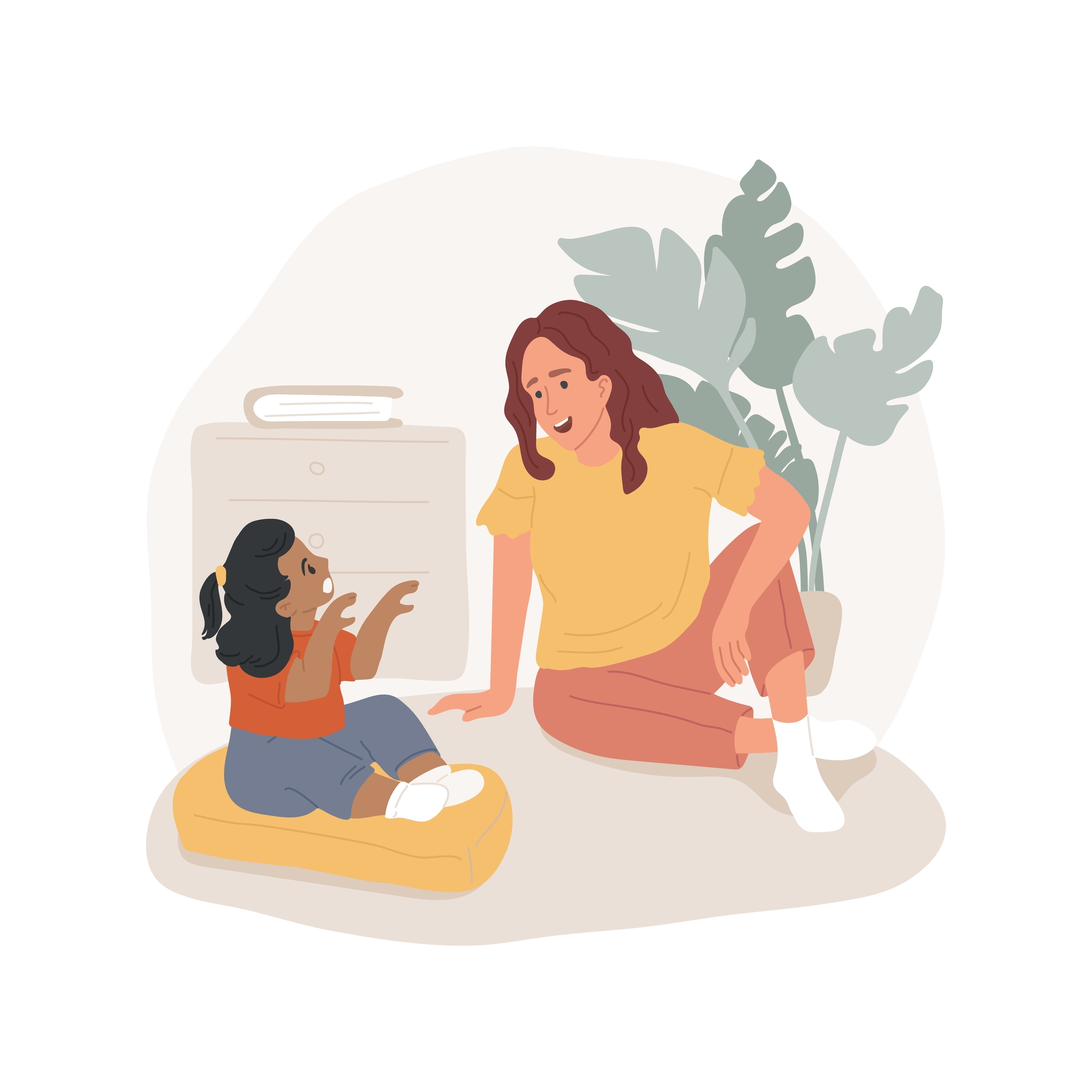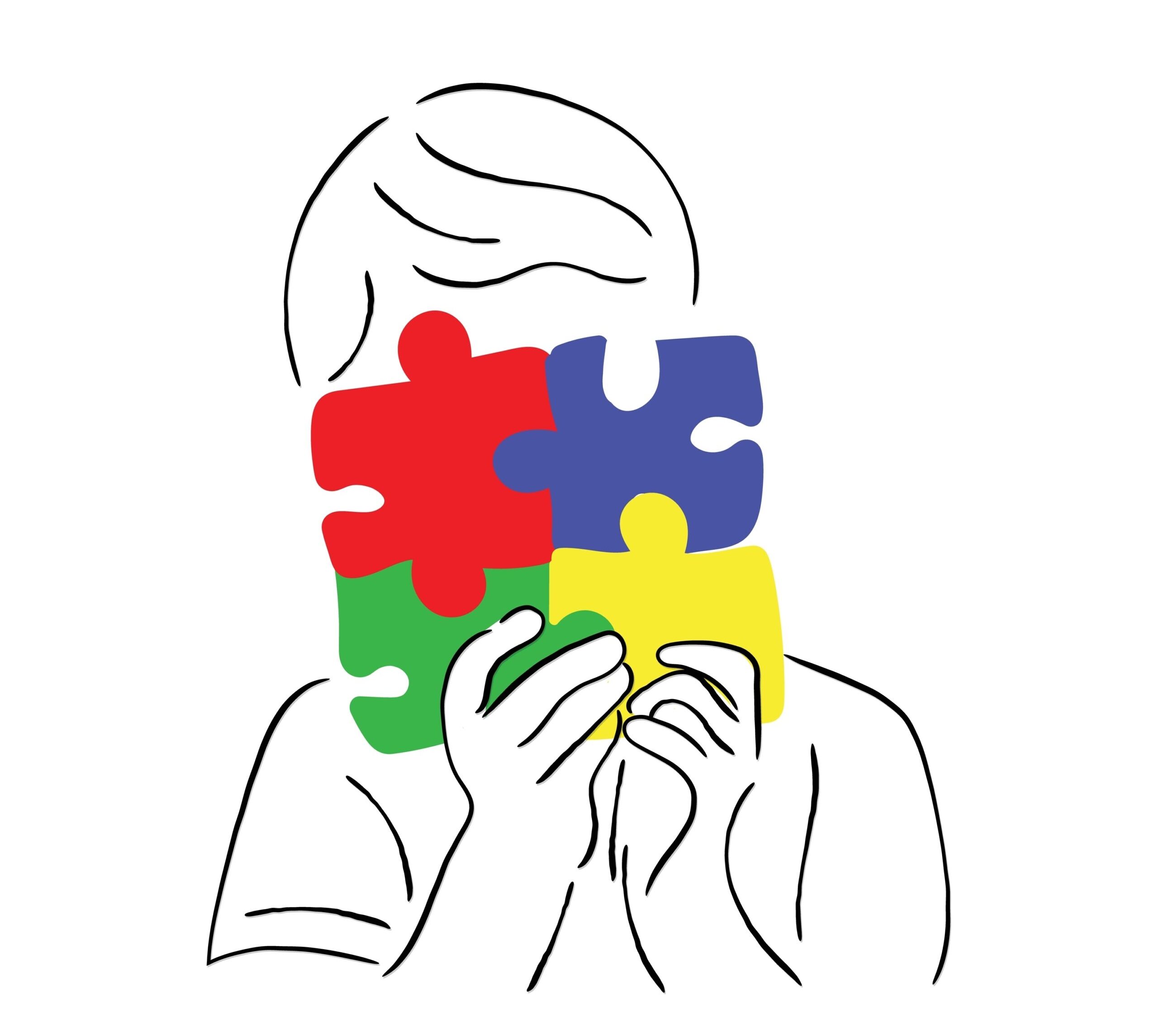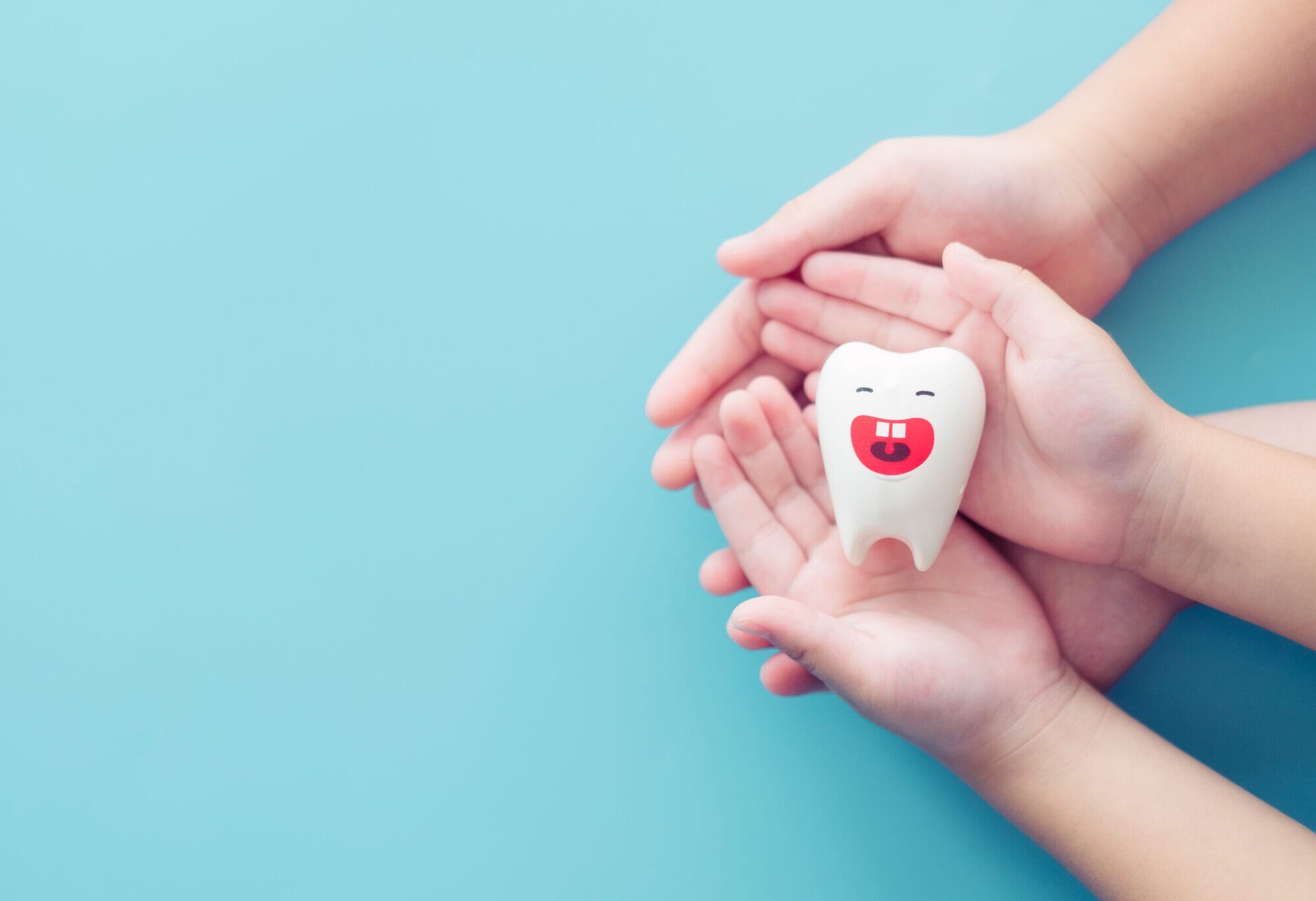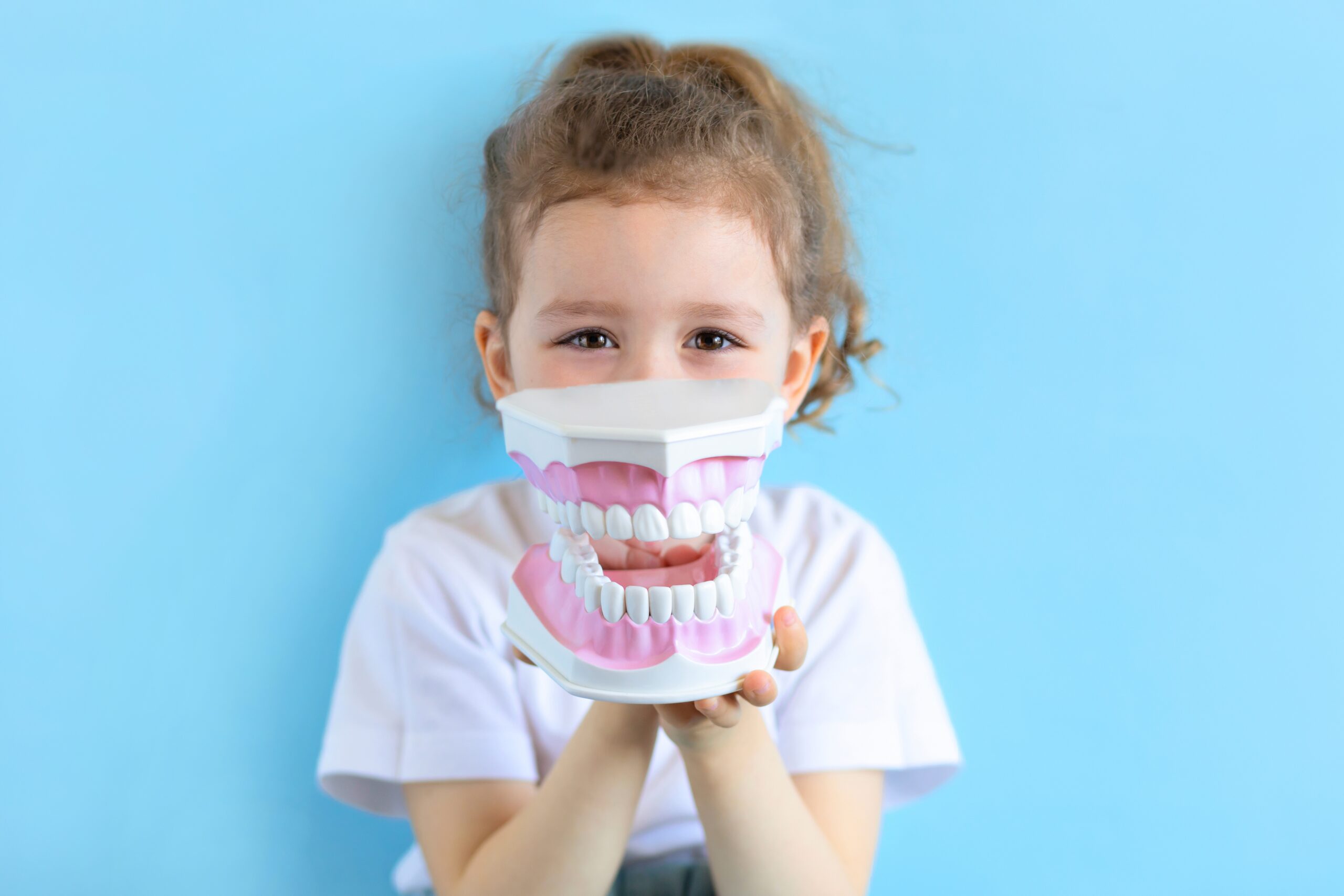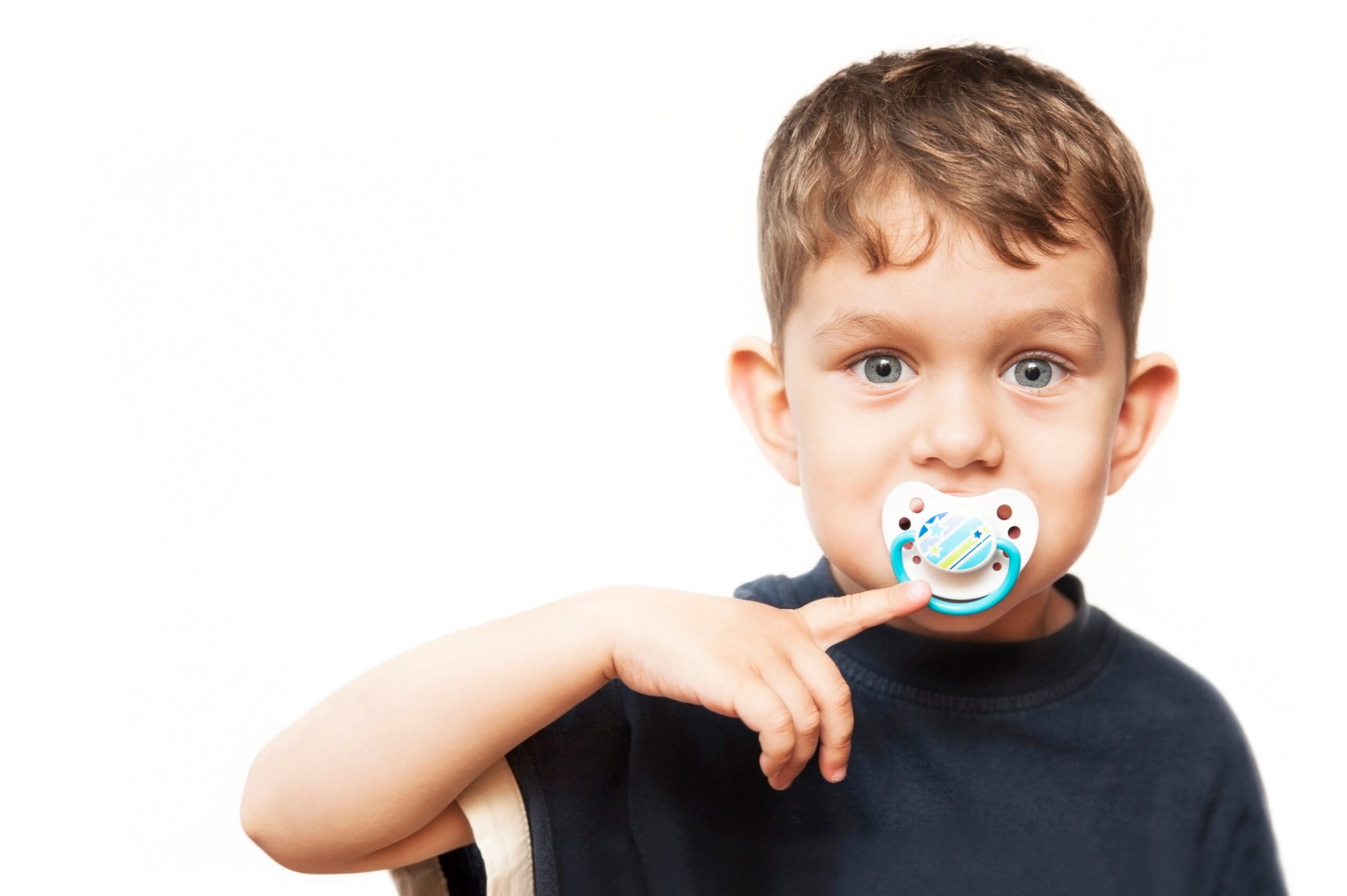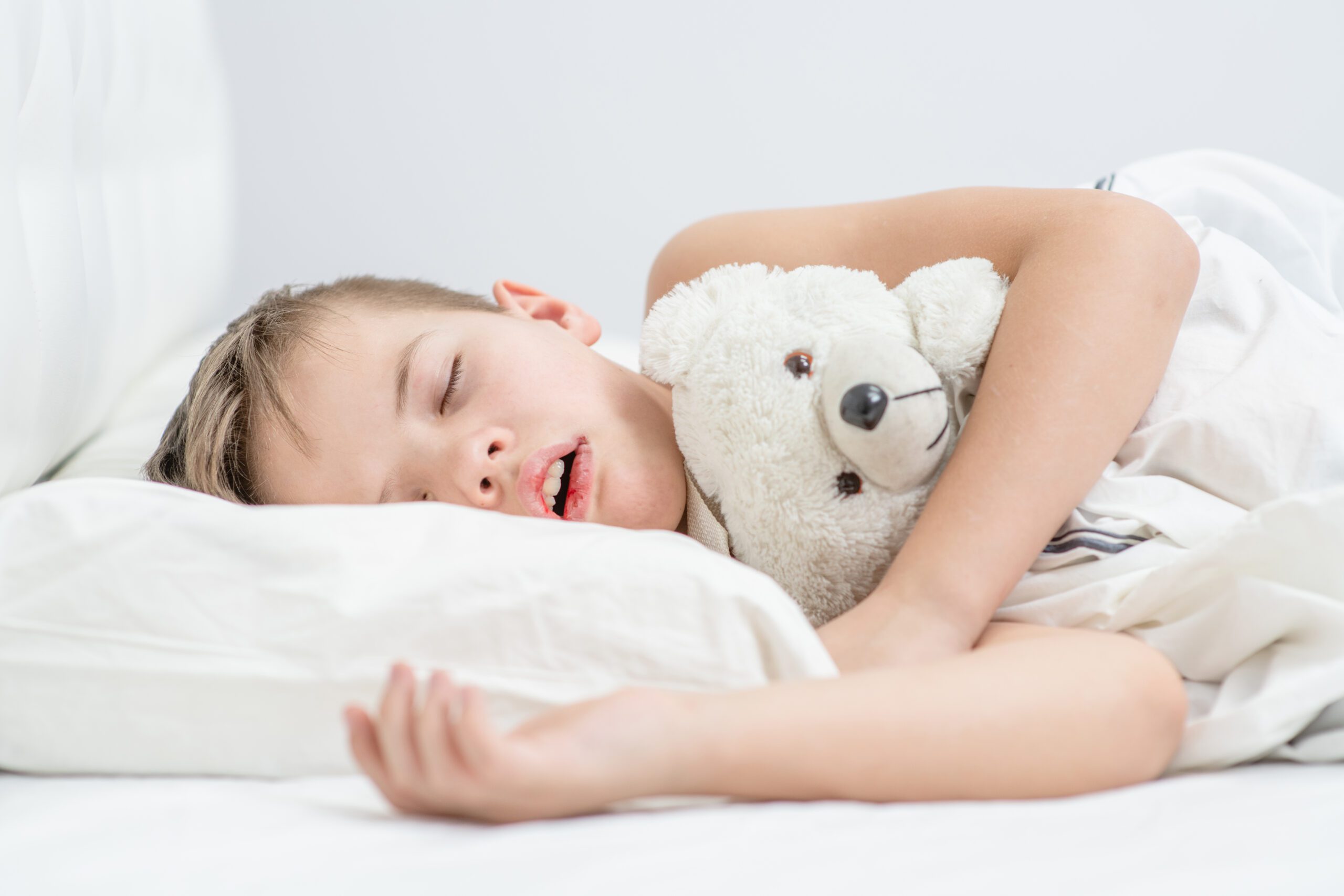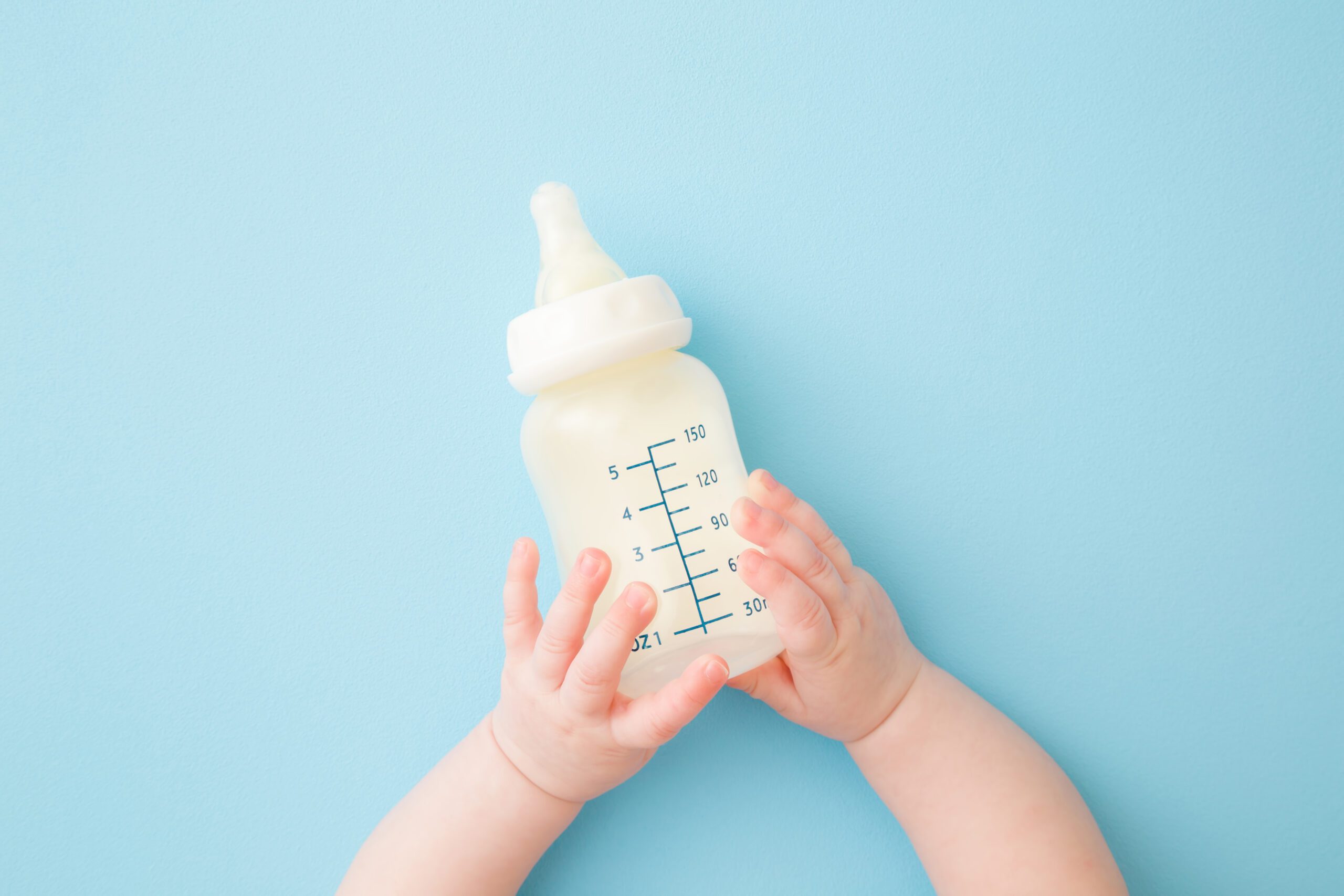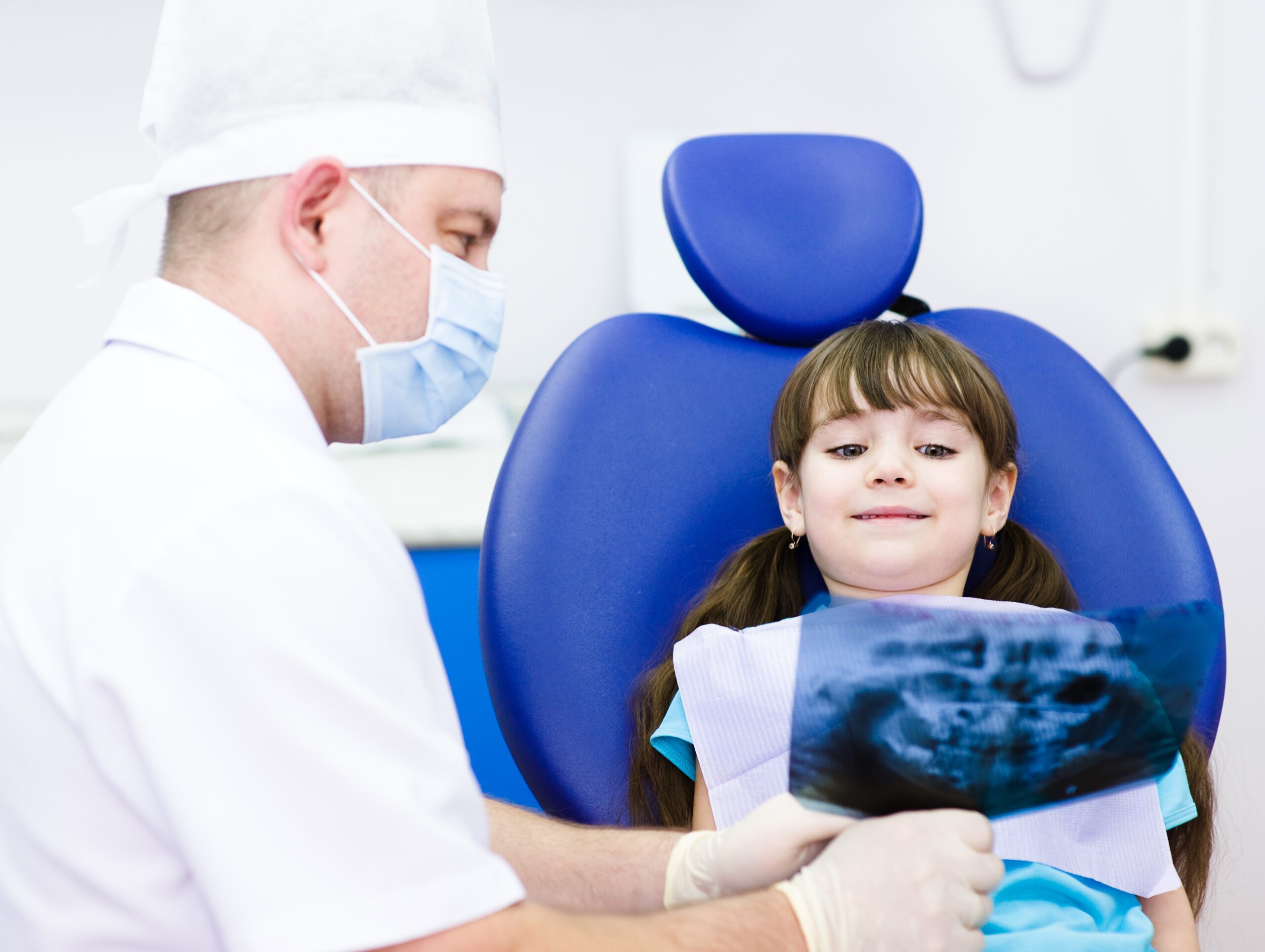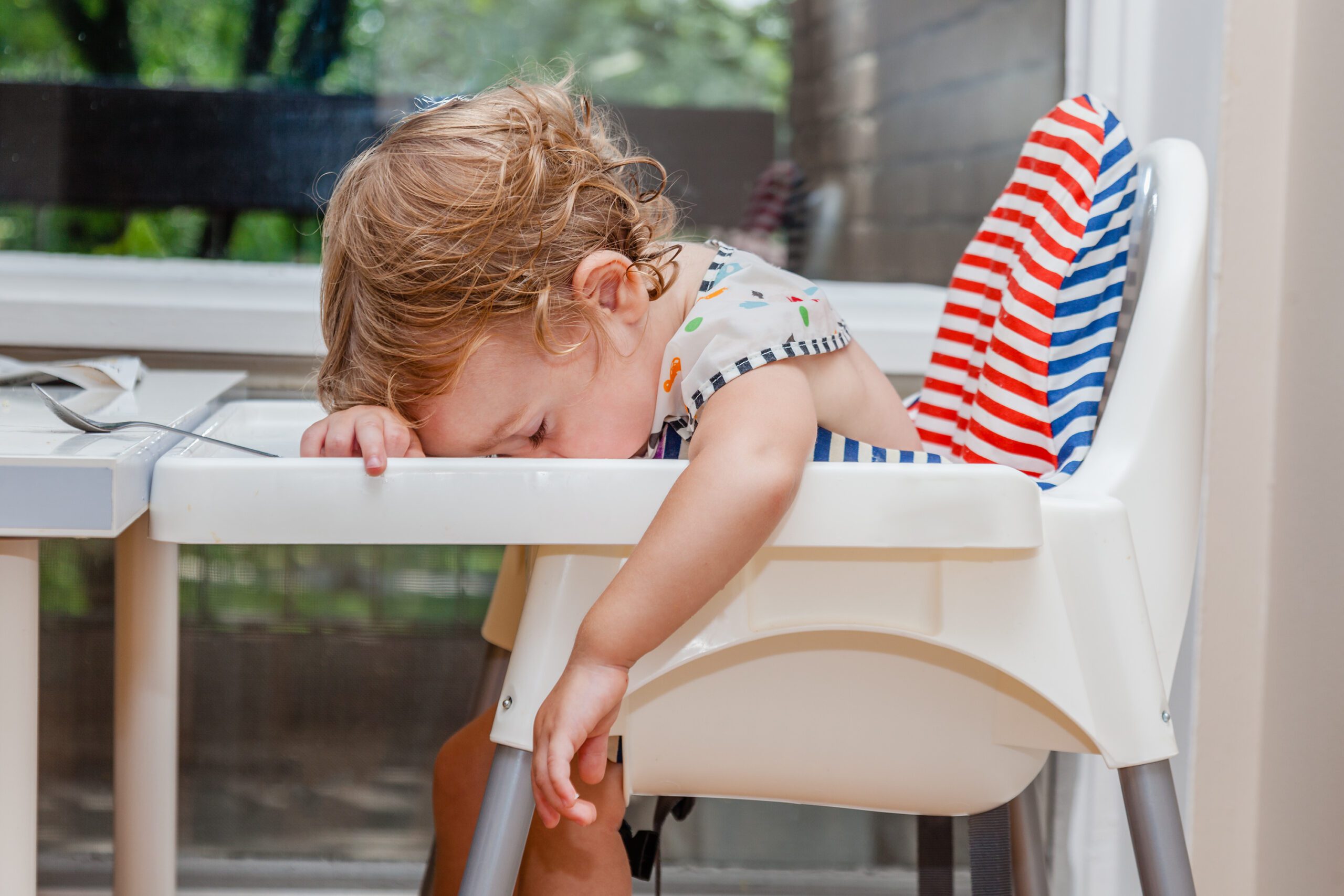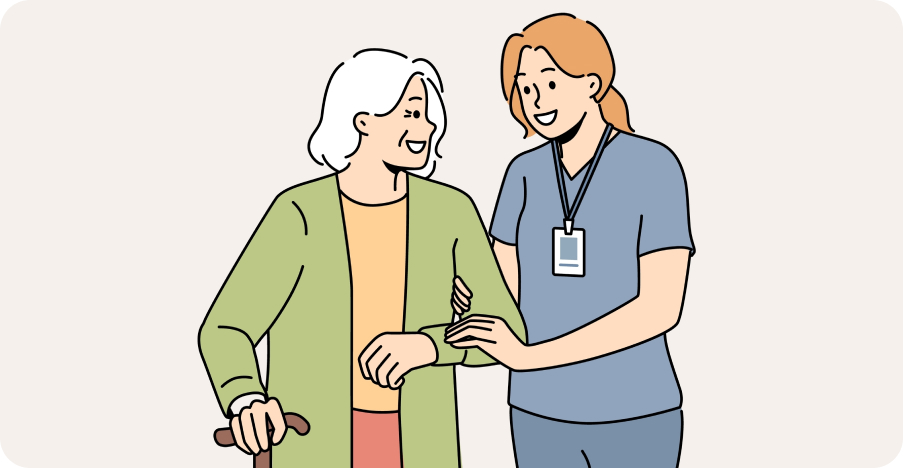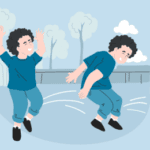Tooth Grinding in Children: Causes, Treatments, and Long-Term Effects
Resource Hub: For Kids, Adults, Parents & Therapists
Tooth Grinding in Children: Causes, Treatments, and Long-Term Effects

Authored by: The DrSensory Editorial Team
Reviewed by: 🛡️ DrSensory Clinical Review Board
Last updated: August 2025
1 of 7 / Overview
Tooth Grinding in Children: Causes, Treatments, and Long-Term Effects
Tooth grinding in children — medically known as bruxism — is more common than many parents realize. Whether it happens during sleep or while your child is awake, grinding can cause damage to baby teeth, disturb sleep, and lead to long-term issues with jaw development and even speech.
At DrSensory, we take a comprehensive approach to bruxism by recommending speech therapists that evaluate not just the dental wear, but the underlying sensory, neurological, and oral-motor factors that may be contributing to your child’s grinding habit.
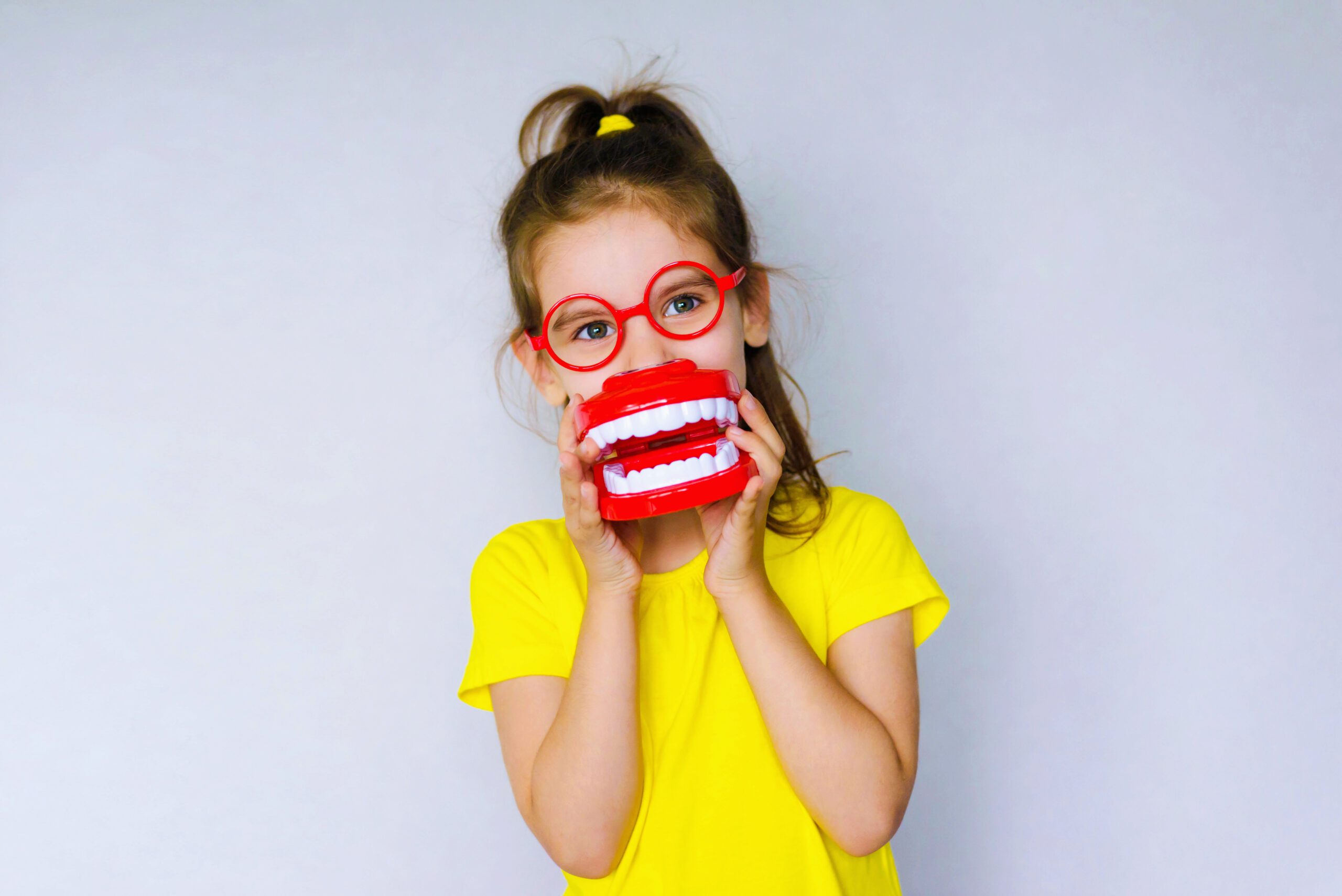
2 of 7 / Signs & Symptoms
Bruxism in children can be subtle or loud enough to wake you up at night. Here are the signs to watch for:
- Audible grinding during sleep
- Worn-down or flat-looking teeth
- Complaints of jaw or facial pain
- Morning headaches
- Tooth sensitivity
- Restless sleep or frequent waking
- Daytime clenching or chewing on objects
- Clicking or popping in the jaw
While some children outgrow grinding, persistent symptoms may point to underlying sensory processing, anxiety, or oral-motor dysfunctions that require attention.
3 of 7 / Causes & Risks
There is no single cause of bruxism. Tooth grinding in children is often linked to a combination of physical, psychological, and developmental factors:
Common Causes:
- Stress or anxiety (often during school years)
- Sensory processing challenges (children with heightened oral needs)
- Malocclusion (misaligned bite)
- Teething or dental discomfort
- Airway issues or sleep-disordered breathing
- Neurological conditions, including ADHD or autism
Long-Term Risks:
- Enamel erosion or tooth damage
- Jaw misalignment
- TMJ dysfunction
- Speech difficulties due to muscular imbalance
- Disrupted sleep, impacting mood and focus
4 of 7 / Diagnosis & tests
Diagnosis of bruxism often starts with a dental evaluation, but deeper assessments can reveal contributing factors. At DrSensory, we take a multi-disciplinary approach, which may include:
- Dental exam for wear patterns
- Parent questionnaire about sleep, stress, and behavior
- Oral-motor assessment (jaw, tongue, and cheek muscle coordination)
- Sensory profile screening
- Sleep habit evaluation, if grinding is nocturnal
Our goal is to uncover not just what’s happening, but why it’s happening, so we can treat the root cause — not just the symptom.
5 of 7 / Care & treatment
Treatment for tooth grinding depends on the child’s age, cause, and severity of symptoms. Common interventions include:
Night Guards
Protective dental devices worn during sleep to prevent tooth damage.
Orofacial Myofunctional Therapy
A form of therapy that strengthens and retrains oral and facial muscles to support proper jaw and tongue posture — especially effective when bruxism is caused by oral-motor dysfunction or poor breathing habits.
Sensory Integration Strategies
For children who grind as a way to self-regulate, sensory-based therapy can help address the root cause.
Stress Management Tools
Mindfulness, therapy, and emotional support techniques for anxiety-induced bruxism.
Dental or Orthodontic Corrections
If structural issues (e.g., misalignment) are at play, orthodontic referrals may be necessary.
6 of 7 / Living With
Tooth grinding isn’t always dangerous — but it is rarely harmless. Children who grind their teeth may be experiencing underlying issues with stress, oral-motor coordination, or sensory processing that require intervention beyond a dental fix.
Here’s how to support your child:
- Monitor stress levels and sleep hygiene
- Track changes in grinding patterns
- Ensure regular dental checkups
- Explore evaluations if speech, chewing, or focus is affected
- Seek a whole-child approach to treatment — not just a night guard
At DrSensory, we believe every child’s case is unique. We partner with parents to understand the full picture — so your child can thrive in health, development, and daily life.
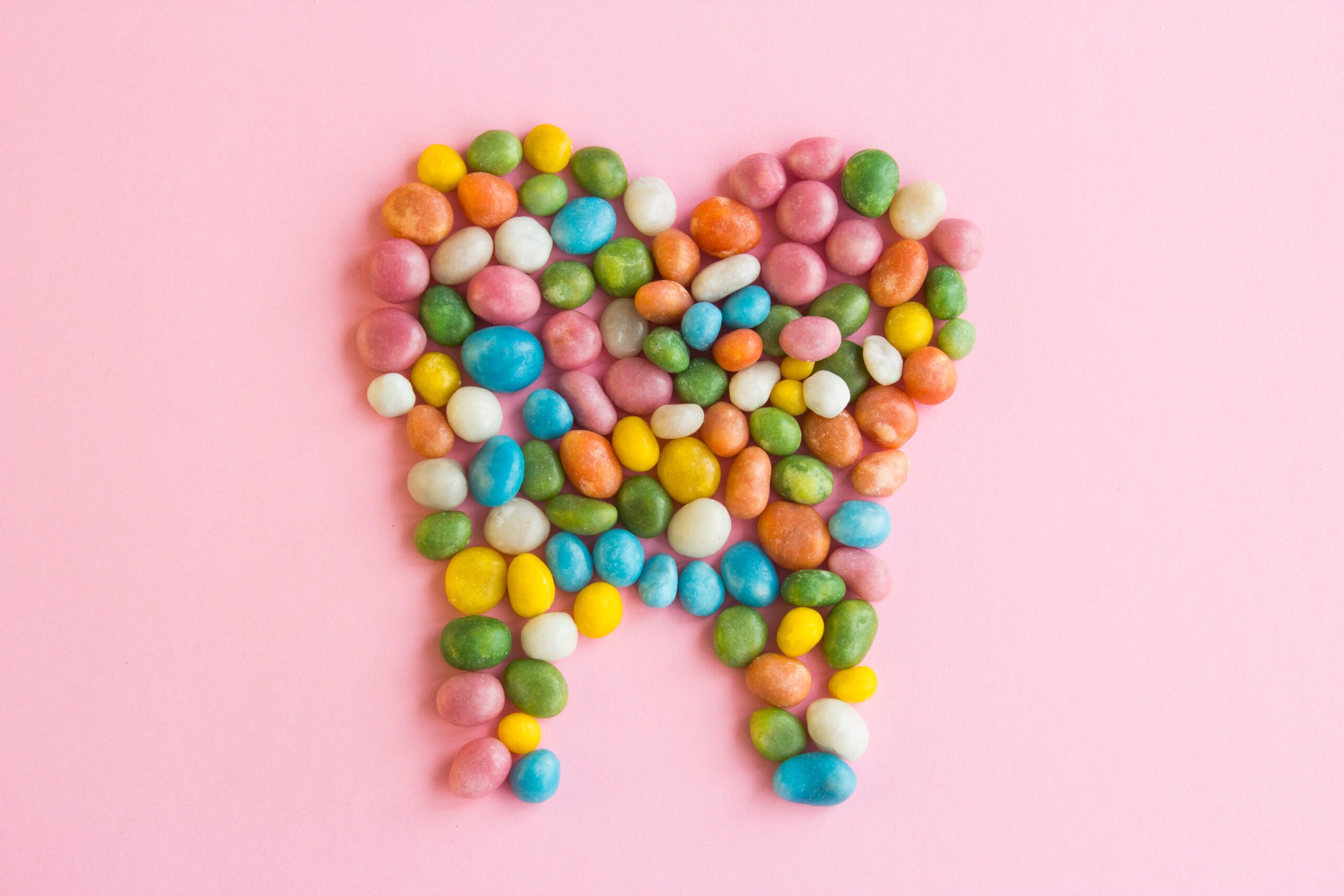
7 of 7 / related reading
More on Pediatric Dental & Oral Development

- Tongue Ties in Babies and Children
- Tooth Grinding in Children: Causes, Treatments, and Long-Term Effects
- Lip Ties in Kids: Impact on Eating, Speech, and Oral Development
- Why Discolored Teeth in Kids Could Signal an Underlying Issue
- Is Your Child’s Tooth Sensitivity a Sign of Something More?
- Jaw Clicking and TMJ in Teens: What Parents Need to Know
Frequently Asked Questions
What causes tooth grinding (bruxism) in children?
Tooth grinding in children, also known as bruxism, can be caused by stress, anxiety, misaligned teeth, sleep disorders, or even responses to pain from teething or earaches. Some children grind their teeth as a response to sensory processing issues or neurological conditions.
Is it normal for toddlers and kids to grind their teeth at night?
Yes, nighttime tooth grinding is fairly common in toddlers and young children. It often happens during deep sleep or as the child’s jaw and teeth develop. Most kids outgrow bruxism naturally, but if it becomes frequent or severe, a dental evaluation is recommended.
Can tooth grinding damage my child’s teeth?
Yes, persistent bruxism can lead to worn-down tooth enamel, increased tooth sensitivity, jaw pain, and even long-term bite issues. If left untreated, it can impact both baby teeth and permanent teeth, potentially requiring dental intervention.
How is tooth grinding in children treated?
Treatment for tooth grinding in children depends on the cause. Dentists may recommend a custom night guard, stress management techniques, orthodontic evaluation, or sensory-based therapies. Identifying the root cause is key to choosing the right treatment plan.
When should I see a dentist about my child grinding their teeth?
You should consult a pediatric dentist if your child grinds their teeth frequently, complains of jaw pain, has trouble sleeping, or shows signs of worn-down teeth. Early intervention can prevent long-term dental and developmental issues related to bruxism.
Find a Therapist near you
Are you looking for a physical, occupational, or speech therapist in your area?
Look no further than the DrSensory Therapist Database and Clinic Directory!
Find a Therapist
Find the physical therapist, occupational therapist, or speech language pathologist you’re looking for!
Ask Us Anything
Whether you are looking for advice, have a general question about sensory processing, or looking for resources.
Submit Your Story
Share your story about your child. Let’s celebrate milestones and learn more about challenges.
Glossary
Bruxism
A medical term for the grinding, gnashing, or clenching of teeth. In children, bruxism often occurs during sleep and can affect both baby and permanent teeth if left untreated.
Night Guard
A custom-made dental appliance worn during sleep to protect teeth from damage caused by grinding or clenching. Pediatric night guards are softer and specially designed for growing mouths.
Temporomandibular Joint (TMJ)
The joint that connects the jaw to the skull. Tooth grinding can cause stress on the TMJ, leading to pain, clicking sounds, or jaw dysfunction in children.
Occlusion (Bite Alignment)
Refers to how the upper and lower teeth come together when the mouth is closed. Poor bite alignment can contribute to tooth grinding in children and may require orthodontic evaluation.
Sleep Bruxism
A type of tooth grinding that happens during sleep. It is common in children and may be linked to stress, teething, sleep apnea, or sensory processing challenges.
Tooth Enamel Erosion
The gradual wearing away of the outer layer of teeth, often caused by prolonged grinding or clenching. Enamel erosion can lead to sensitivity, cavities, and long-term dental problems.



































